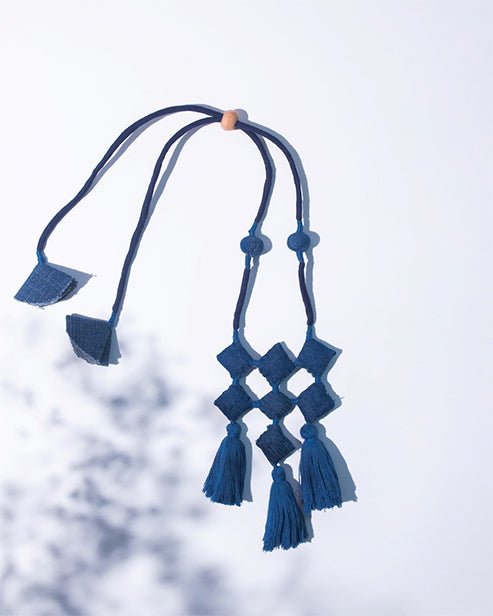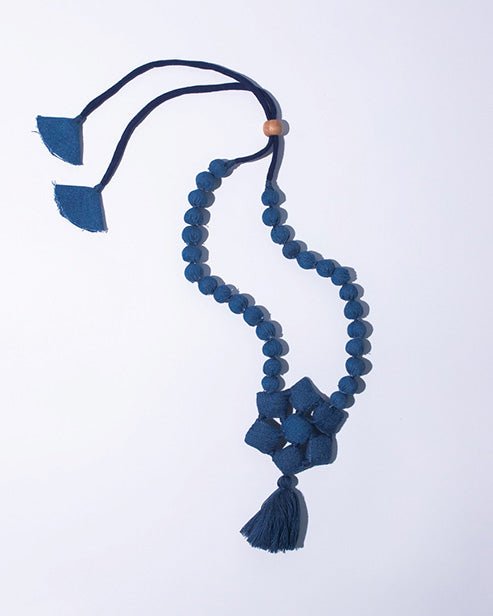Although we may realize and empathize that workers in textile industry are paid very less, in reality some may not be paid at all.

Did you ever imagine that slavery is a nightmare of the previous era and world has made significant development since the ‘age of slavery’ of the past few centuries? The truth is that slavery is still rampant, and is possibly active in the same locality that you are currently residing in!
As reported by Reuters in Jan 2018, a child died on the premises of a textile manufacturing unit in Tamil Nadu where the parents work as bonded laborers. Employers often hold children to ensure that their parents return when they travel home for weddings or funerals. In this case, by the time their parents returned from a day journey, the child died of electrocution. Their parents had been working at the unit for nearly two years to pay debt of Rupees 60,000. Some 500,000 manual laborers in 11 industries in Tamil Nadu, including the multi billion dollar textile industry, are trapped in debt bondage, according to the International Justice Mission, an anti-slavery organization.
As per a case cited by KnowTheChain, an organization that has developed a scoring system to identify how fair the workers are treated, a woman left her rural village in India in search of a job. She secured a job in Bengaluru at an apparel factory through an agent, by paying a fee. Six months into the job, the woman is yet to receive the first payment since the entire wage was still being used towards payment of the agency fee. In addition, other promises like free boarding were never fulfilled.
Employers commonly restrict the freedom of movement of bonded laborers, forcing them to live within the premises of their work site. In cases where the workers secure these jobs in other countries, their passports are often seized until the fee is paid. By compounding the interest on pending payments, the worker may never be able to pay the fee in his lifetime.
Although we may realize and empathize that workers in textile industry are paid very less, in reality some may not be paid at all.
India banned bonded labor in 1976 but it remains widespread across many industries, including apparel. Many bonded laborers are essentially enslaved, as they work to pay off heavy debts that are compounded by interest and shady accounting practices, often leading to final payment of more than 6 times the borrowed amount.
The reason for this developing trend in textile industry lies in globalization and consumerism, which was highlighted by dwij (ref. blog post "Globalization and Consumerism"). To recap, Globalization by way of free trade agreements between various countries has made it easy for brands to make their products in countries where the labor is cheap, and transport it to anywhere across the world. This has also contributed to the phenomenon of ‘fast fashion’, which has significantly led to the rising consumerism. People in wealthy countries have got addicted to cheap clothing, with many leading global retail brands capitalizing on this phenomenon. Even if forced labor may seem unthinkable to exist in such nations, consumers are indirectly supporting the same in a crucial way by getting lured into the ‘fast fashion’ phenomenon.
Slavery starts majorly at recruitment stage. As per KnowTheChain scoring system with respect to worker treatment, Adidas scored the highest at 92 followed by Lululemon since they pay close attention to recruitment and migrant worker protection. The average score overall is abysmally low at 37. Walmart scored 44, but significantly better than many luxury brands such as Prada, which scored a meagre 5. Overall, luxury brands scored very low, possibly because the consumers assume that the high price they pay on the product results in good wages for their employees as well.
The biggest issue is the lack of transparency when it comes to working conditions in the fashion industry. The solution as a conscious consumer is put pressure on these brands to reveal their practices, and compel them to publish #whomademybag. Moreover, it is certainly possible for all of us to support brands that already adopt these best practices when we decide to make our next purchase.





